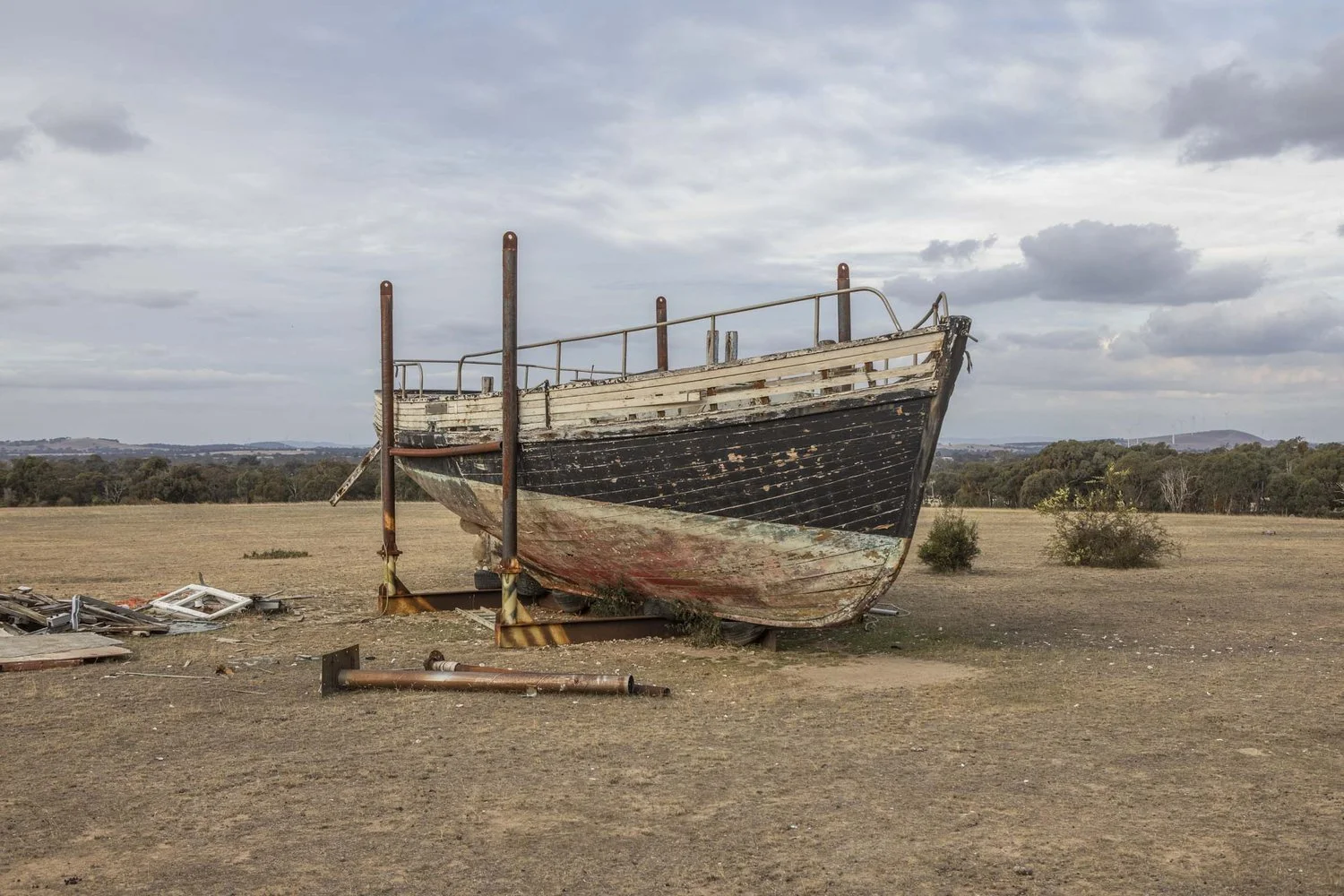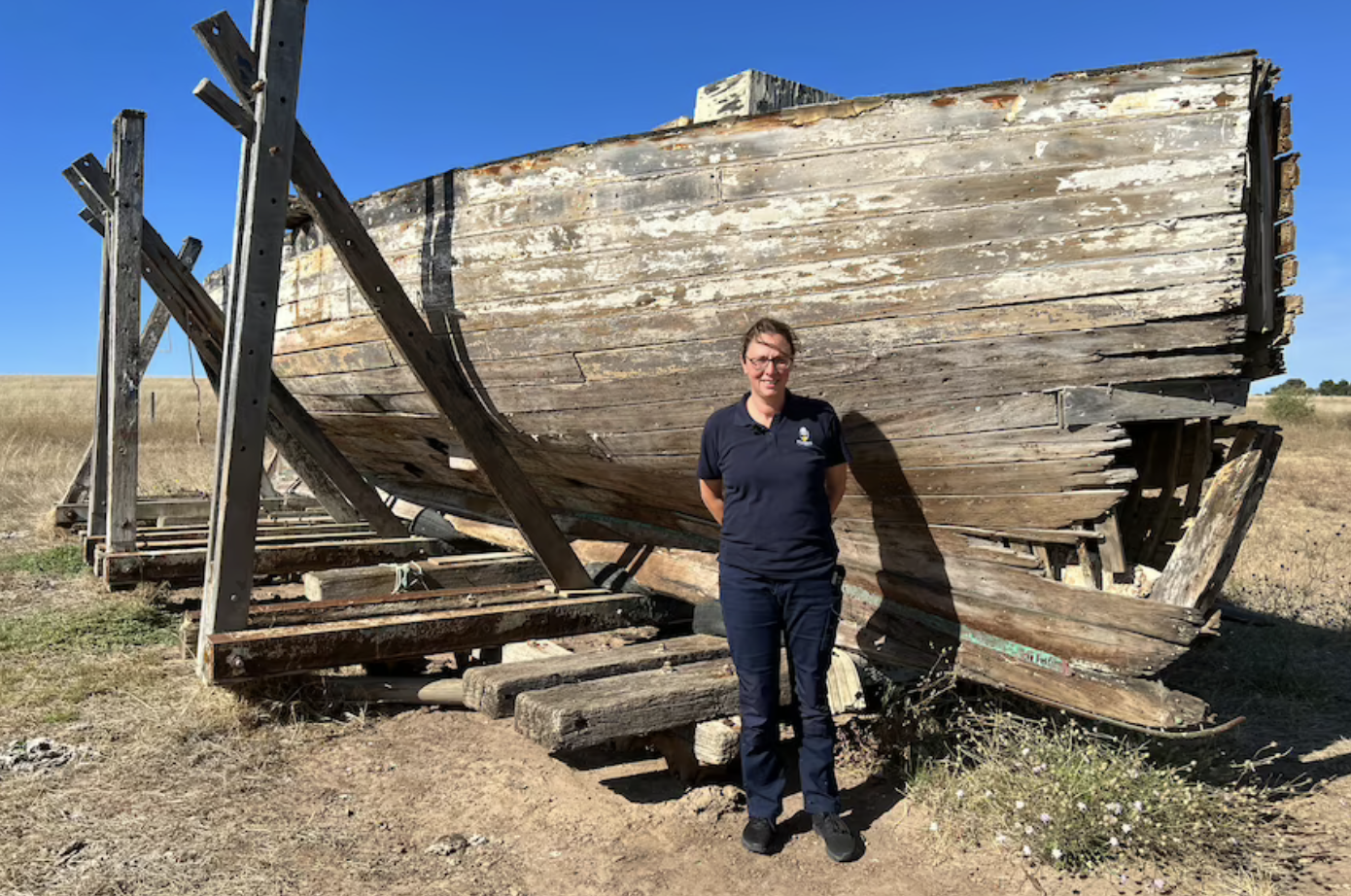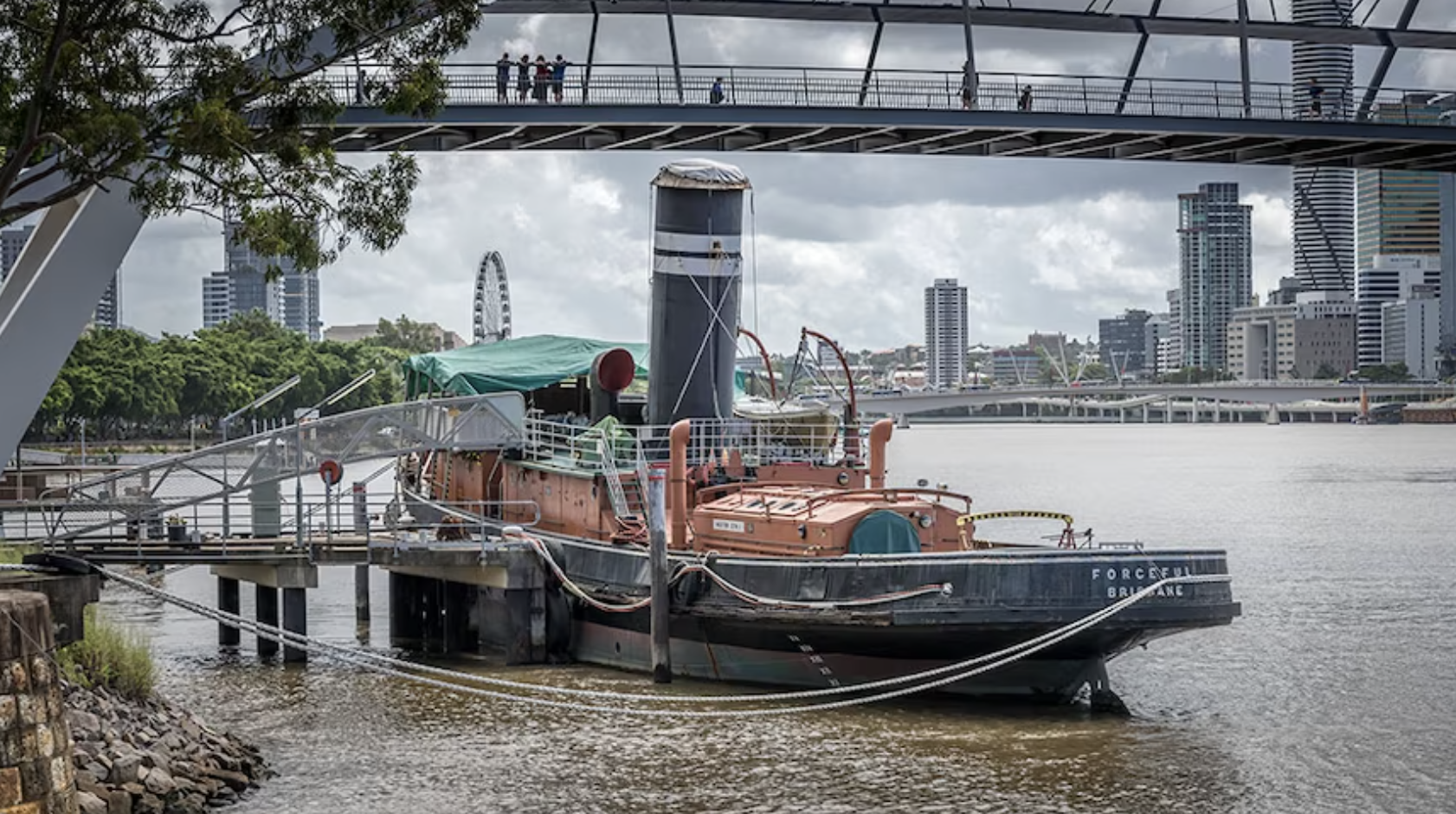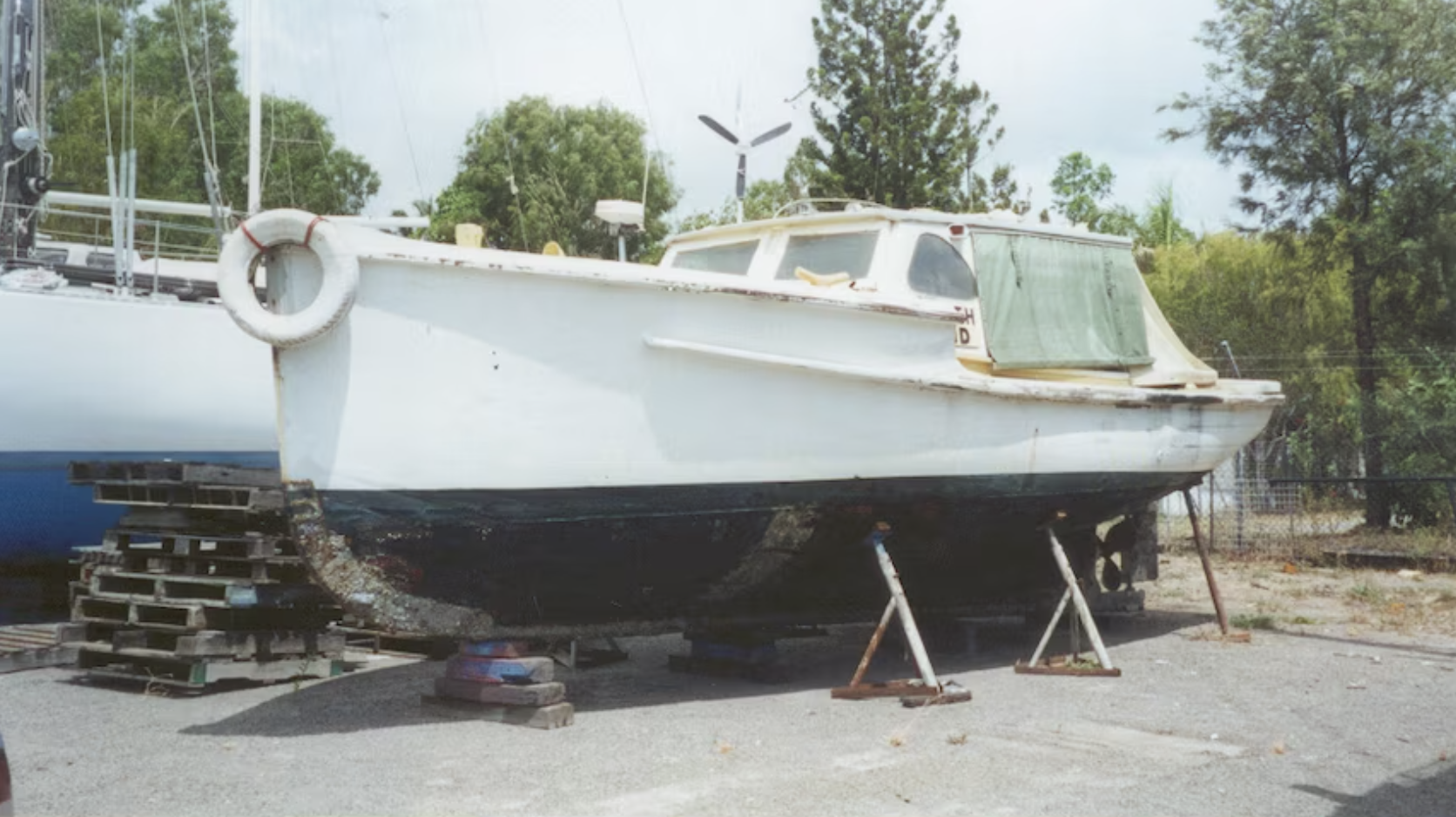Deciding What’s Worth Saving
By Mark Chew
Every week here at SWS we are alerted to a wooden boat that needs saving. Some are gems, some are not. Some could be fixed with a bit of effort and a lot of epoxy, and others are really just waiting for an appointment with the chainsaw.
There is of course in the community a finite amount of time, resources and money to go into restoring old boats. Not every craft can be saved. I estimate that of the wooden boats in Australia that are currently “out of commission” at best one in ten will ever float again… So what should be the criteria for deciding which craft are worthy of a new lease of life?
In the real world the decision is usually made on an emotional connection rather than a considered assessment. And that might be a good thing, because along the hard and often painful journey of rebuilding a boat, it will be the romance and the dream that will carry you through, rather than the hard cold facts.
Let’s take a quick straw pole of whats around to save, and see what we think is worthy… and what better way, than to go our ABC’s news page and type into the search function “WOODEN BOAT”!
Here are the four most recent relevant stories
6th April 2023- South Australia's oldest known colonial-built fishing boat, the 19th century Rambler, could still be saved.
Wendy van Duivenvoorde with the Rambler at the disused dump at Waitpinga, near Victor Harbor.(ABC News: Caroline Horn)
The oldest known colonial-built fishing boat in South Australia is "falling to pieces" at a disused dump, but there is still hope it can be saved.
The Rambler was built in Birkenhead in 1878 with Margaret River jarrah, kauri and redgum in the design of a traditional English fishing boat known as a smack.
It was used as a fishing boat, racing yacht, a mail boat, and even to collect ballots in early South Australian elections.
But for the past 20 years, the Rambler's resting place has been the Waitpinga dump in Victor Harbour, only a few kilometres from the waters of Encounter Bay, where it spent the first few decades of its working life. (continue reading here)
13th February 2023-Brisbane River's 98yo tugboat Forceful to be dismantled, recycled as maintenance costs bite.
Almost $1 million on repairs and maintenance has been spent on the aged tug.(Supplied: Queensland Maritime Museum)
Queensland's last coal-fired steam tugboat will be scrapped in two months as the cost of renting land to store it and maintenance costs reach hundreds of thousands of dollars. Earlier this year the Queensland Maritime Museum Association (QMMA) board determined it could no longer afford the maintenance and fees for keeping the boat, named Forceful, at The Yard in Murarrie. (continue reading here)
16th April 2023-Townsville wooden ferry MV Beth enshrined in national maritime history.
BETH has been added to a register of Australian historic vessels.(Supplied: Maritime Museum of Townsville)
Small wooden ferries such as MV Beth were a common sight in waterways across Australia in the 1950s. But Maritime Museum of Townsville curator Robert De Jong said while they were not really needed anymore, they had taken on a historic significance. Beth was purchased by the museum in 2001 for the modest price of $1.
The eight-meter-long timber boat has been listed on the Australian Register of Historic Vessels alongside Royal Australian Navy frigates.
It took decades of care to restore her to her former glory. (continue reading here)
14th February 2023-Calls to salvage Port Lincoln's historic fishing vessel, the Almonta, as it rots on seabed.
When a historic Port Lincoln wooden fishing boat sank on its moorings at Snooks Landing more than a year ago, its owner Mario Antolini cried. He watched from the shore 100 metres away, unable to help as 60 years of stories and memories sank to the seabed.
Cars of people soon arrived and in his grief Mario saw they too were crying.
The Almonta was an early wooden vessel in the local salmon and bluefin tuna fleets of the 1960s.
It was a favourite for those who worked on its rich timber deck and netted huge catches of fish from the rolling southern ocean. (continue reading here)
It’s unlikely that any of the four vessels featured in the articles above will ever float again.
One, BETH, has been restored but only as an on land museum exhibit. The others will slowly disappear. I’ll leave it to the reader to decide the worthiness of saving any of these four craft, but it did lead me to think that a set of guidelines or at least indicators might be helpful in regards to making sure that the most important relics of our maritime history are not lost, and that the the finite resources of the wooden boat community are channeled into projects that are worthy of the effort.
For what its worth, here are my personal top five criteria for assessing whether a vessel is worth restoring.
NUMBER ONE-QUALITY
When it was first built, was it a good example of the genre of craft to which it belonged? In other words, don’t bother restoring a boat that was never that special in the first place. For example, if you want a 1930’s ocean going yacht then find one by a reputable designer, build by a well known yard. Don’t put all your efforts into a craft that Great Uncle Wally designed in the garage. It may well be a fine boat but the great Naval Architects are great for a reason.- They knew what they were doing. And like any good rule, it is proved by its exceptions. The obvious one springing to mind is NGATAKI
NUMBER TWO-HISTORY
Has the boat got an interesting history? Somehow, it’s easier to invest time and money in a vessel that has done interesting things. It doesn’t necessarily have to be a race winner or a war hero, but boats that have been to exotic places, undertaken nefarious endeavours or had eccentric owners seem far more worthy of a new lease of life than boats that have spent their lives on the same, safe mooring. That’s why SIRIUS should be saved.
NUMBER THREE-PLEASURE
When the boat is finished, will it return the effort of restoration by providing pleasure to those who now use her? In other words, will she be sailed, enjoyed and cherished rather than just admired from a distance, perhaps becoming a millstone around the necks of her new custodians. I understand that there are all sorts of museum based curatorial protocols about preserving examples of historical artefacts, but for me, a successful restoration is one that allows the finished product to perform as well as day she was first launched. The cliche applies…”use it or lose it”
NUMBER FOUR-CONTINUITY
How much of the original boat will be left following the restoration? Without wanting to get into the old chestnut of an argument “restoration v. replica”, it’s definitely worth considering how much of the original boat will be left following a restoration. This is not to say that replicas don’t play an important role in preserving maritime history. However if you are choosing a boat to restore then being able to keep as much as practical of the original craft, should be one of the factors that influences your choice.
NUMBER FIVE-CONNECTION
Do you, as the restorer have a personal connection to the craft? I’m not saying it has to have been in your family, but if you, as the person who is about to commit to years of work, can relate in some way, then you are far more likely to complete the challenging task, and when finished, enjoy the fruits of your labour. Perhaps it was designed for working in a part of the world where you grew up. Perhaps you remember it doing day trips for punters on your summer holidays. Perhaps your uncle Fred was aboard when it won the Sydney Hobart 60 years ago. Even the smallest personal link can help justify the enormity of the task ahead.





